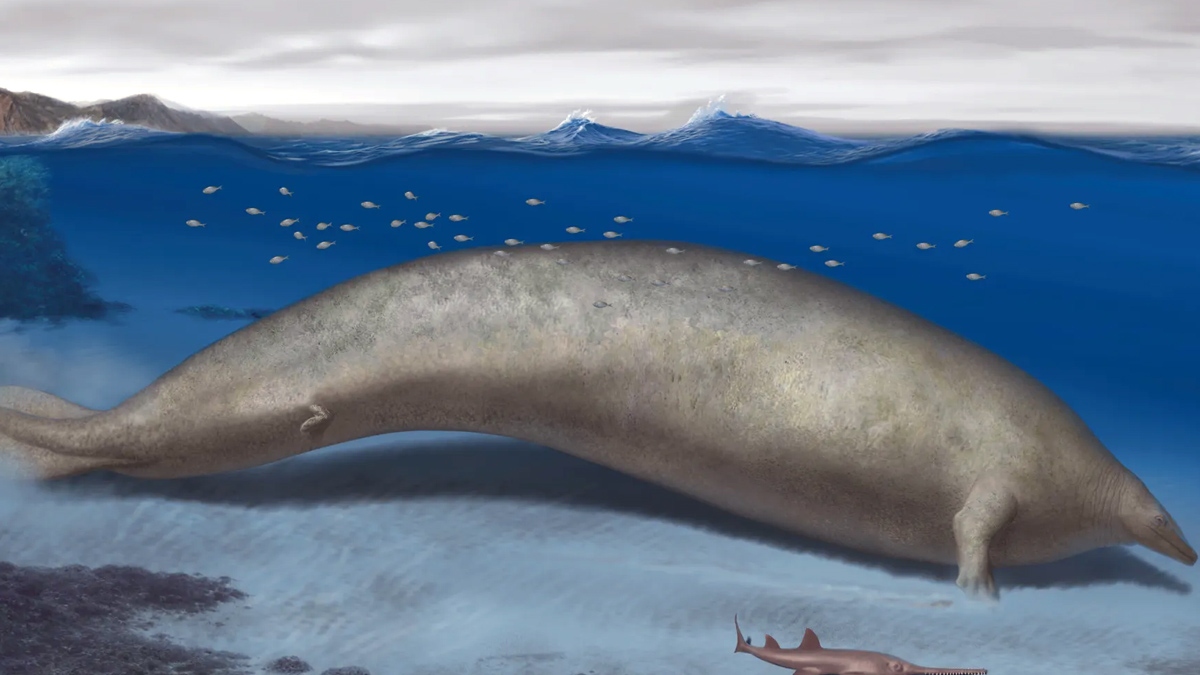Colossal Peruvian Whale: Unearthed from 38-40 Million Years Ago


Send us your feedback to audioarticles@vaarta.com



In Peru, scientists have excavated the fossil of an early whale named Perucetus colossus. This colossal creature could potentially outweigh even the modern-day Blue Whale, placing it among the largest animals ever known to exist.
The Perucetus colossus measured 66 feet long and weighed up to 340 metric tons—significantly heavier than the Blue Whale or even the largest dinosaurs. Its name, "colossal Peruvian whale," perfectly reflects its immense size.
Published in the journal Nature, the discovery astonished researchers and sparked speculation about the incredible diversity evolution can create.
Although the largest-known Blue Whale weighed around 190 tons, it was longer than the Perucetus, which measured approximately 110 feet (33.5 meters). For a comparison in relative size, consider the huge Argentineinos dinosaur, a plant-eating dinosaur from Argentina.

The partial skeleton was found in a coastal desert in southern Peru, rich in whale fossils. Scientists have uncovered vertebrae, ribs, and a hip bone, but the cranial and tooth remains remain a mystery, leaving questions about its diet and lifestyle.
This remarkable discovery sheds new light on Earth's prehistoric marine giants and the wonders of our planet's ancient history.
Follow us on Google News and stay updated with the latest!
Comments
- logoutLogout

-

Aarna Janani
Contact at support@indiaglitz.com




 Follow
Follow











-a3e.jpg)
-3c4.jpg)
-e5c.jpg)
-e66.jpg)
-71b.jpg)
-5d5.jpg)
-adc.jpg)
-798.jpg)

-7c2.jpg)





































